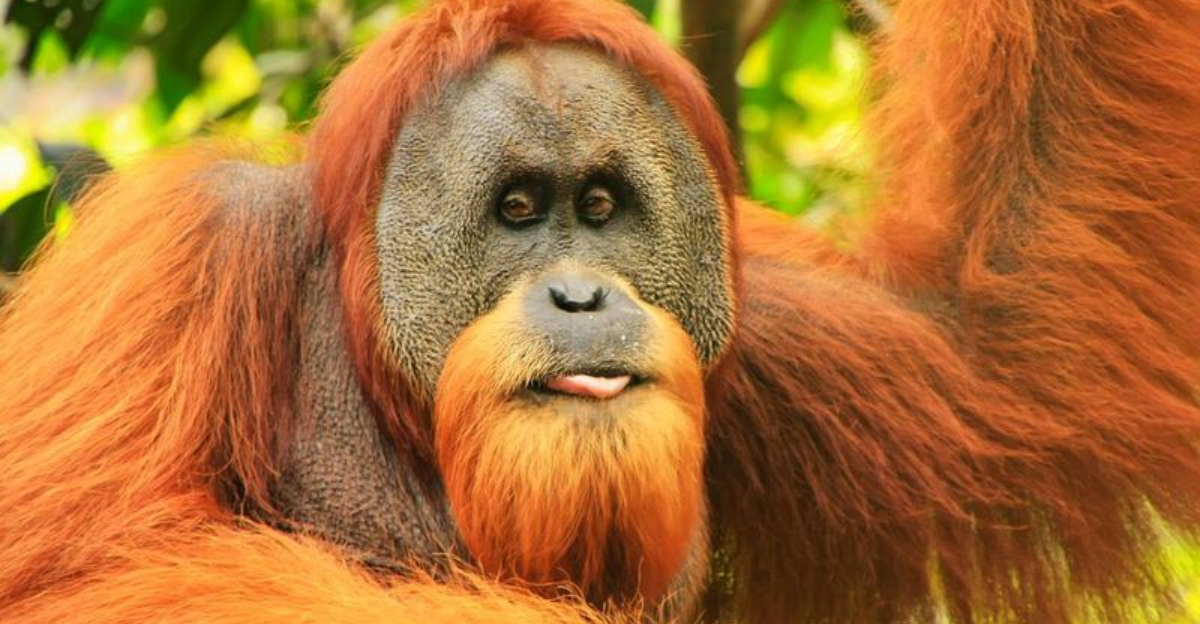In the vast tapestry of life on Earth, certain species remain tucked away in the most secluded corners, hidden from the prying eyes of humans and yet teetering on the brink of extinction.
These endangered species, while lesser-known, play vital roles in their ecosystems.
This article shines a light on 10 such fascinating creatures, each with unique traits and stories, reminding us of the rich biodiversity that exists even in the most unexpected places.
1. Vaquita
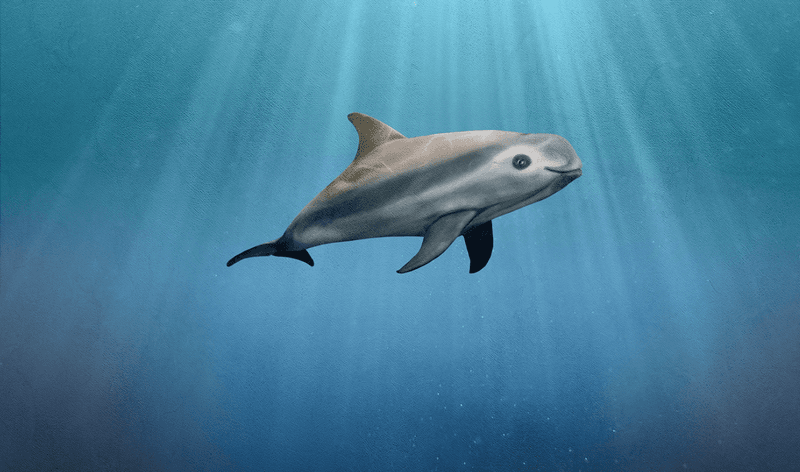
The vaquita, known as the world’s smallest porpoise, is a shy and elusive marine mammal residing in the northern part of the Gulf of California.
It is critically endangered, with less than 20 individuals believed to remain. The vaquita’s habitat is threatened by illegal fishing activities, particularly the use of gillnets intended for catching another endangered species, the totoaba fish.
Conservationists are working tirelessly to remove these gillnets and protect the vaquita’s habitat. Despite its scarcity, the vaquita is essential for maintaining the ecological balance of its marine environment.
Efforts to save this gentle creature include international cooperation and stricter enforcement of fishing regulations.
Raising awareness about the vaquita’s plight can help garner support for its conservation. Protecting the vaquita not only saves a unique species but also preserves the rich biodiversity of the Gulf of California.
2. Javan Rhino
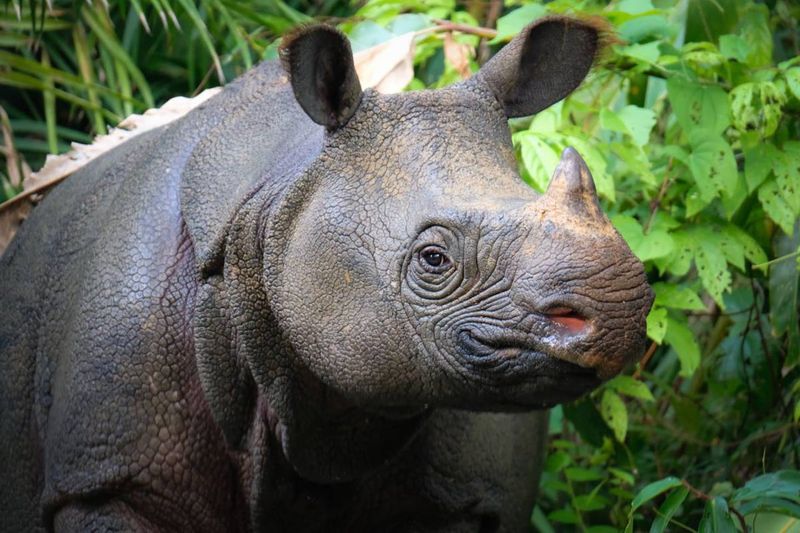
The Javan rhino is one of the rarest large mammals on Earth, surviving exclusively in Ujung Kulon National Park in Indonesia.
Once widespread across Southeast Asia, its population has plummeted due to poaching and habitat loss. Only about 75 individuals are presently known to exist, making every birth critical for the species’ survival.
The dense jungles of Ujung Kulon provide a sanctuary for these shy creatures. Conservation efforts focus on habitat protection and anti-poaching measures to ensure their safety. Additionally, researchers are monitoring the rhinos to better understand their behavior and needs.
Protecting the Javan rhino means preserving the biodiversity and ecological integrity of its habitat. Educating the public about the importance of these rhinos can foster support for conservation initiatives. Every effort counts in safeguarding this remarkable species for future generations.
3. Amur Leopard
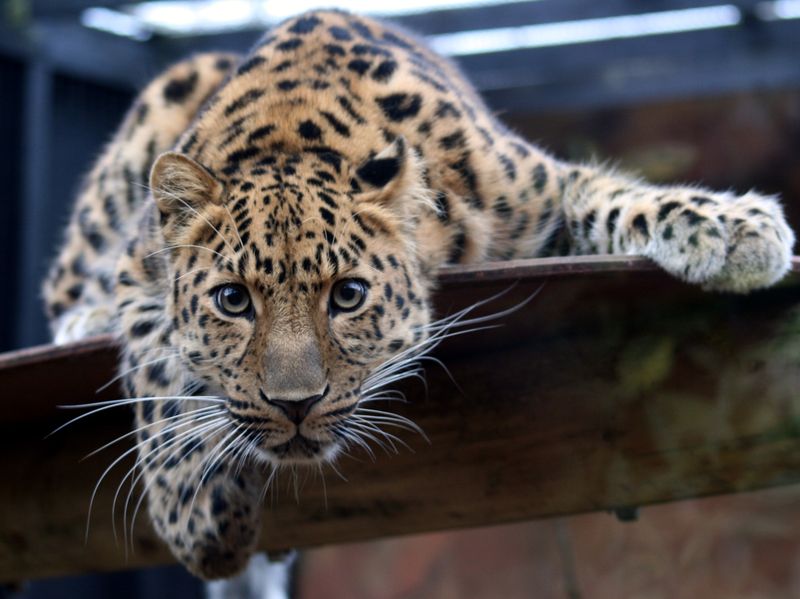
The Amur leopard, with its striking rosetted fur, is the rarest big cat in the world. Found only in the temperate forests of the Russian Far East, this elusive predator faces threats from habitat destruction and illegal poaching for its beautiful coat. Fewer than 100 individuals are estimated to remain in the wild.
Conservation efforts focus on protecting and expanding their habitat through the creation of protected areas and wildlife corridors. Anti-poaching initiatives are also crucial in ensuring the survival of the Amur leopard. Organizations are actively working with local communities to reduce human-leopard conflicts.
Raising awareness about the plight of the Amur leopard can help engage more people in its conservation. Protecting this magnificent creature contributes to the health and diversity of its forest ecosystem, ensuring it remains a thriving habitat for future generations.
4. Kakapo
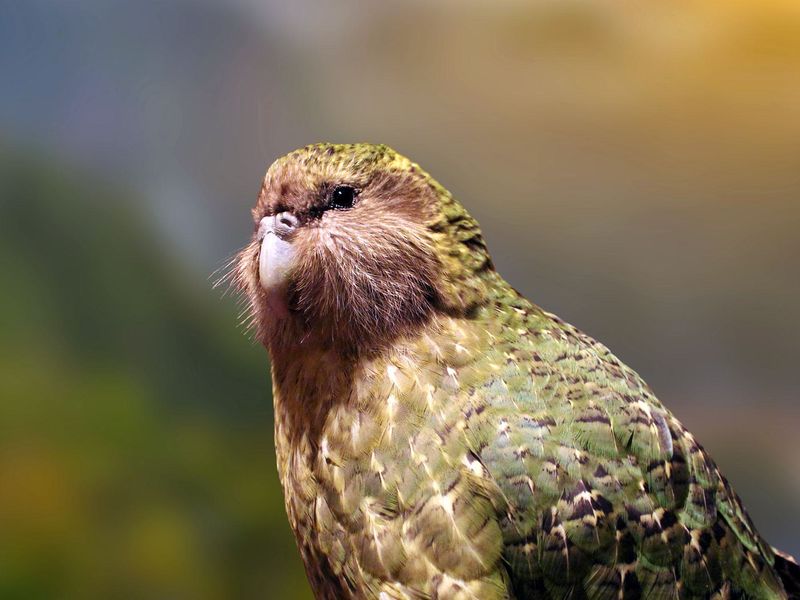
The kakapo, a flightless parrot native to New Zealand, is a peculiar and enchanting bird. Known for its nocturnal habits and distinct green plumage, it has become critically endangered due to introduced predators and habitat destruction.
Today, there are only about 200 kakapos left, all meticulously monitored by conservationists.
Breeding programs have been initiated to increase their numbers, focusing on safe, predator-free islands where kakapos can thrive. Conservationists use innovative techniques such as supplementary feeding and artificial incubation to boost chick survival rates.
Public support and awareness are vital for the continued success of these conservation efforts. By protecting the kakapo, we not only preserve a unique species but also maintain the ecological balance of New Zealand’s forests. Every individual effort can make a difference in securing a future for the kakapo.
5. Saola
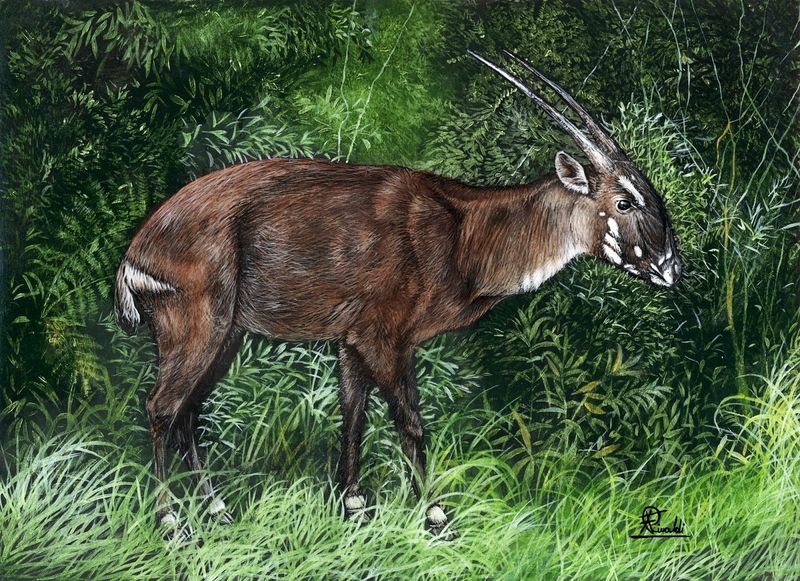
The enigmatic saola, often referred to as the “Asian unicorn,” inhabits the dense forests of the Annamite Mountains in Vietnam and Laos.
First discovered in 1992, it is one of the world’s most recently discovered large mammals. With possibly fewer than 100 individuals left, the saola is critically endangered due to habitat loss and hunting.
Conservationists are striving to protect the saola through habitat preservation and anti-poaching measures. The rugged and remote terrain makes monitoring these elusive creatures challenging, but dedicated efforts continue.
Increasing global awareness about the saola’s plight is crucial for its conservation. Protecting the saola not only helps preserve a rare species but also supports the biodiversity of its forest home. Collaborative international conservation efforts are essential to save the saola from extinction.
6. Yangtze Finless Porpoise
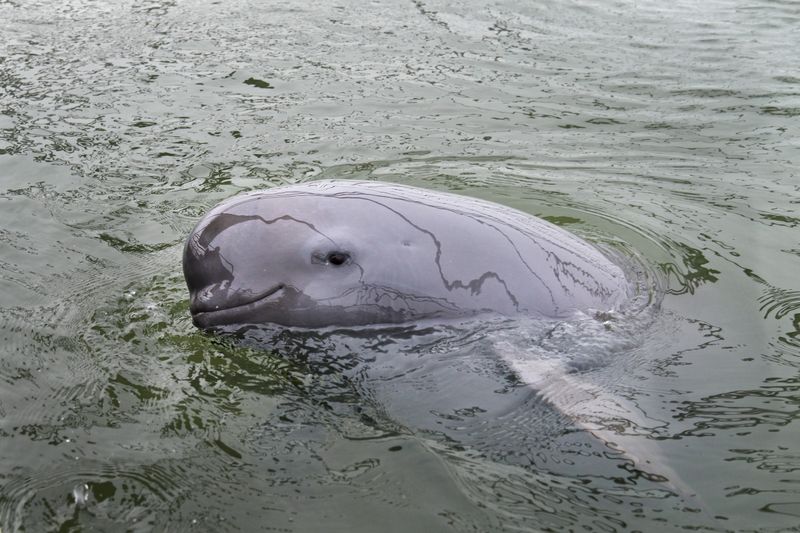
The Yangtze finless porpoise, known for its intelligent and playful nature, is a freshwater dolphin species found in China’s Yangtze River.
Its population has dwindled due to pollution, shipping traffic, and habitat degradation, leaving fewer than 1,000 individuals remaining.
Conservation efforts are underway to protect this charismatic species, including the establishment of nature reserves and restrictions on fishing activities. Scientists are also exploring breeding programs to help increase their numbers.
Public education and awareness are vital in reducing human impact on the Yangtze River ecosystem. By taking steps to protect the Yangtze finless porpoise, we are also safeguarding the rich biodiversity and ecological health of one of the world’s most important rivers.
7. Aye-Aye
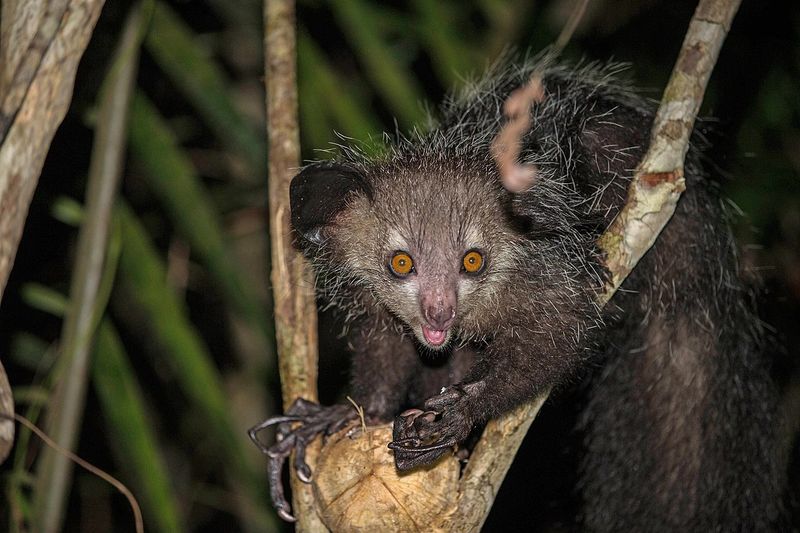
The aye-aye is a unique and unusual lemur found only on the island of Madagascar. Known for its large eyes, bushy tail, and elongated middle finger, this nocturnal creature has become endangered due to habitat destruction and local superstition.
Conservationists are working to protect the aye-aye’s forest habitats and educate local communities about the importance of lemurs. Protected areas and national parks play a crucial role in preserving their environment.
Raising awareness about the aye-aye can help combat the misconceptions that threaten its survival. Protecting the aye-aye not only preserves a fascinating species but also helps sustain the diverse ecosystems of Madagascar.
Every effort to protect this lemur is a step towards maintaining the island’s unique biodiversity.
8. Philippine Eagle
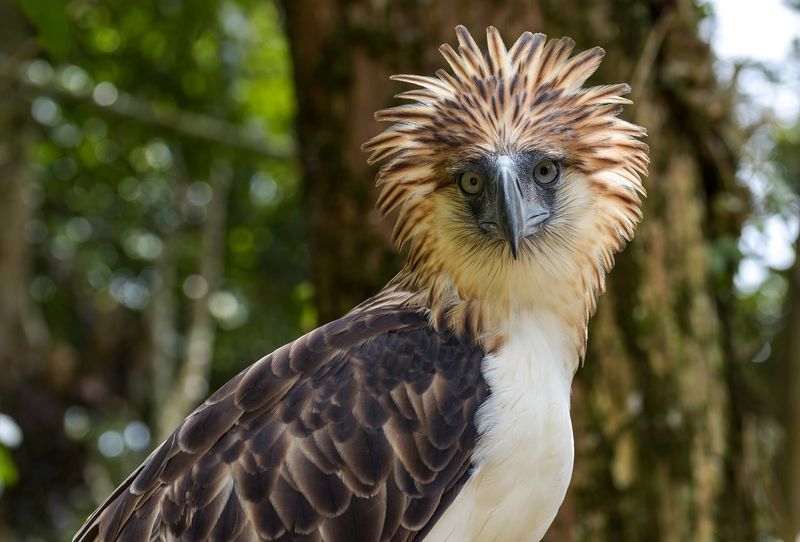
The Philippine eagle, known as the “monkey-eating eagle,” is one of the largest and most powerful birds of prey. Native to the Philippines, this majestic bird is critically endangered due to deforestation and hunting. With an estimated 400 pairs remaining, every individual is crucial for the species’ survival.
Conservation programs focus on habitat protection, breeding, and community engagement to ensure the eagle’s survival. These initiatives aim to restore forests and reduce human-wildlife conflict.
Public support and awareness are crucial for protecting the Philippine eagle. By conserving this magnificent bird, we are also preserving the rich biodiversity of the Philippines. Every effort made to save the Philippine eagle reflects a commitment to protecting our natural heritage.
9. Sumatran Orangutan
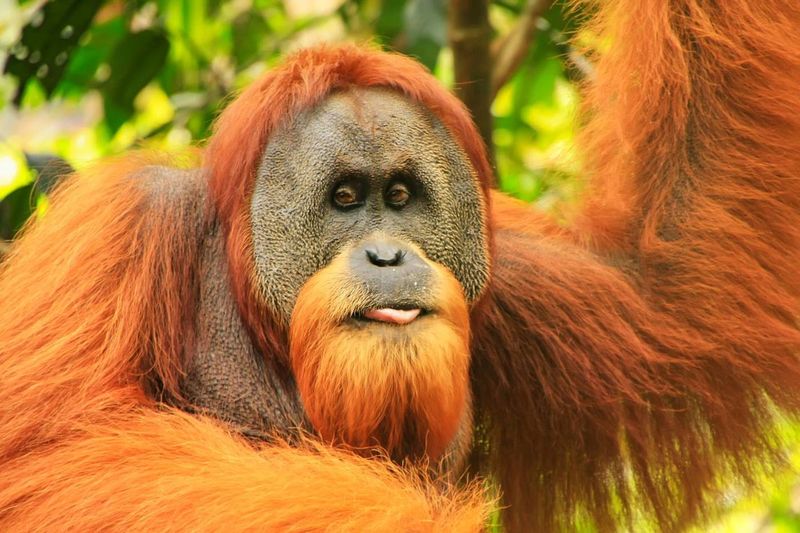
The Sumatran orangutan is a critically endangered species found only in the lush rainforests of Sumatra, Indonesia. Habitat loss due to deforestation for palm oil plantations has severely impacted their population, leaving fewer than 14,000 individuals in the wild.
Conservation efforts focus on habitat preservation, reforestation, and anti-poaching measures. Rehabilitation centers play a vital role in rescuing and caring for orphaned orangutans.
Public awareness and responsible consumer choices, such as choosing sustainable palm oil products, can help protect the Sumatran orangutan. Safeguarding these great apes also ensures the health and diversity of Sumatra’s rainforests, benefiting countless other species as well.
10. Hainan Gibbon
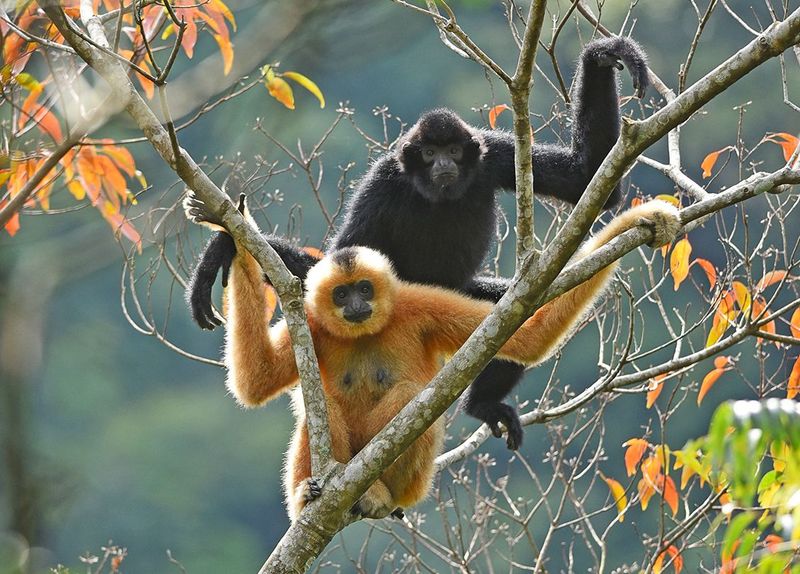
The Hainan gibbon is the world’s rarest ape, with only about 30 individuals remaining in the wild. Restricted to a small patch of forest on Hainan Island, China, this critically endangered species faces threats from habitat loss and fragmentation.
Conservation efforts include habitat restoration and protection, along with close monitoring of the gibbon population. International collaboration and local community involvement are key to ensuring the survival of this unique primate.
Public support and awareness can play a significant role in conservation efforts. Protecting the Hainan gibbon not only saves a distinctive species but also helps maintain the ecological balance of its forest habitat. Every action taken contributes to preserving the rich biodiversity of Hainan Island.

